The sixth African Union-European-Union (AU-EU) Summit held in Brussels on 17-18 February, 2022 took place against the backdrop of four major global and regional trends.
The challenge of managing the outbreak of COVID-19 pandemic. The persistence of shared security challenges, reflected in the impact of violent extremism and terrorism in African and Europe. The continuing illegal immigration to Europe by African youth. The fourth trend– which has given fresh impetus to strengthening AU-EU cooperation — is the growing economic influence of China in Africa.
Join our WhatsApp ChannelThe Joint Vision for 2030 adopted at the Summit committed “to consolidate a renewed partnership for solidarity, security, peace and sustainable and sustained economic development and prosperity for our citizens and for future generations, bringing together our people, regions and organisations.”
It also proclaimed that the “renewed partnership addresses both the immediate opportunities and challenges, as well as the long-term possibilities offered by our partnership”. It then outlined specific proposals for addressing some key challenges. The EU reaffirmed its commitment to provide at least 450 million of vaccines to Africa and noted that EU had provided more than $3billion (equivalent to 400 million doses to COVAX Facility and to Vaccination in Africa. By contrast, China pledged at FOCAC-8 in Dakar in November, 2021, one billion doses of COVID-19 to Africa, consisting of 600 million doses as donation and 400 million to be produced by Chinese and African companies in African countries. China has already delivered 120 million, of which 26 million were donations.
Though the Joint Vision made no reference to China, the measures spelt out in the section on a prosperous and sustainable Africa and Europe were no doubt designed with a view for the European Union to regain some of its economic influence in Africa.
Over the past two decades, there has been growing concern, indeed alarm, in many European capitals about China’s rising influence in Africa. The notion that the European Union Global Gateway, formally launched on December 1, 2021 — a day after the end of Forum on China Africa Cooperation (FOCAC-8) in Dakar, Senegal — was aimed at competing with China’s Belt and Road Initiative is well recognised. The Global Gateway has earmarked the sum of EURO 300 billion($340bn) of which EURO 150bn ($170bn) is promised to Africa to support investment in infrastructure and other initiatives, over a seven-year period.
It helps to examine how the promised EU financial allocation in the Global Gateway compares to China’s financial assistance in recent years. After all, it is China’s financial assistance, in particular, the relatively large size of loans, criticised by Western nations as ensnaring African countries in debt traps, that has rekindled Western interest in Africa. To start with, the $170 billion in seven years translate to $24.2 billion per year, slightly lower than the $25.9 billion that EU currently gives to Africa in form of Official Development Assistance.
At the 2015 FOCAC Summit in Johannesburg, China pledged the sum of $60 billion for three years up to 2018. At the 2018 FOCAC Summit in Beijing, the amount remained at the same level of $60billion for another three years. Then, at the 2021 FOCAC-8 in Dakar, China reduced its pledge to $40billion consisting of $10bn for credit for African financial institutions, $10bn for IMF Special Drawing Rights, $10bn for trade financing, and $10bn for investment from private sector.
The pledges in 2015 and 2018 translate to $20 billion per year, while that for the 2021 come to $13.3 billion. Though the average annual allocation from the Global Gateway exceeds China’s annual average allocation from 2015 and 2018 FOCAC summits; the difference is that China’s financial pledges have been redeemed, while the EU pledge remains a promissory note. More importantly, as The Economist, noted in its 4th December 2021 edition, “the €300bn Global Gateway initiative is mainly a mixture of existing commitments, loan guarantees and heroic assumptions about the ability of the club to “crowd in” private investment, rather than actual new spending”, leading it observe that “beneath the spin [of the Global gateway] lurks bullshit.”
Turning to investment in Africa, Ernst and Young Attractiveness Report of November 2021 showed that between 2016-2020, among the ten largest investor countries, China made capital investment of $70.6 bn in Africa compared to $50.3 billion by the four European Union countries (France, Germany, Spain and United Kingdom –which formally exited the EU on 31 January 2020). A 2022 Centre for Global Development Report Stuck Near Ten Billion: Public-Private Infrastructure Finance in Sub-Saharan Africa for the period 2007-2020 showed that China provided two and half times more finance over that period than all other bilateral development financial institutions (China’s $23bn versus $9.1bn from the others; the DFIs from EU countries provided a paltry $3.9bn).
Meanwhile, The Economist of 19 February, 2022 reports that American and European firms won 85 percent of the construction contracts in 1990. However, by 2020, Chinese firms were responsible for all 31 percent of all infrastructure projects and the share by Western firms had declined to 12 percent. China was the second biggest funder of African infrastructure in 2019, accounting for 20.4 percent of all funding that year, while EU and Norway provided 6 percent.
As regards, trade a traditional area of strength in EU-African cooperation, EU remains ahead China by a wide margin: China’s trade with Africa rose to US$254 billion in 2021 compared with European Union’s Euro280bn ($317.33bn). The most significant adjustments that the EU can make to help Africa are both to reduce the trade barriers under the terms of the Everything But Arms (EBA) and to do away with the agricultural subsidies regime and to minimise the focus on reciprocal trade liberalisation under the Economic Partnership Agreements (EPA).
Of necessity, Africa and the EU will continue their collaboration on matters concerning violent extremism and terrorism in Africa and Europe as well as illegal immigration to Europe by African youth. Job creation through carefully targeted EU investment in Africa holds the keys to overcoming these two challenges.
The litmus test of the renewed partnership between Africa and Europe will be concrete actions on issues of trade, finance and investment. The EU has placed emphasis, in its new partnership with Africa, in particular through the Global Gateway, on the notion of shared values – a subtle reference to shared commitment to democratic system –compared to authoritarianism. At a time when China seems to be reducing its support for infrastructure development, will the EU and its companies step into the breach?

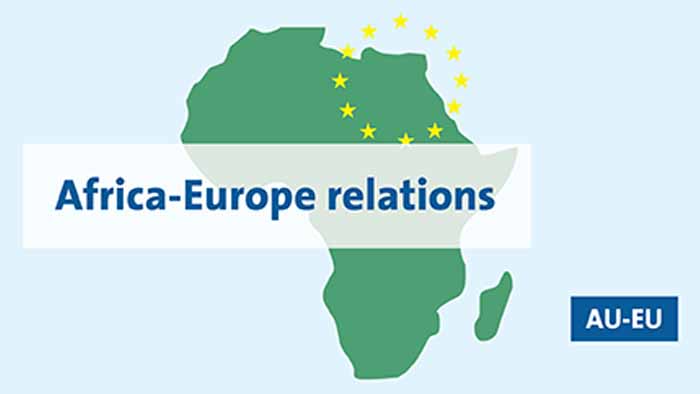
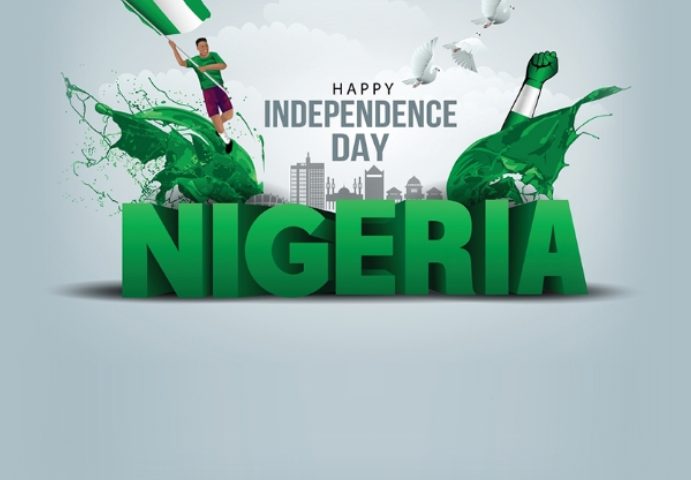

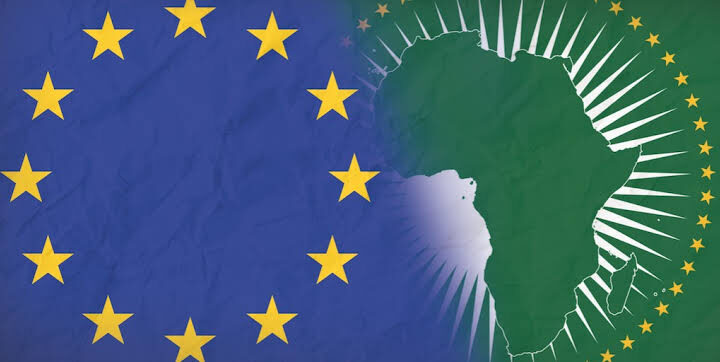


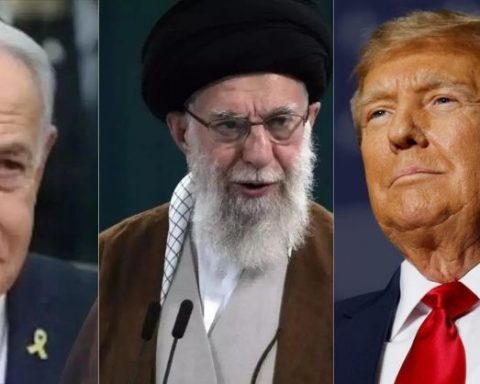
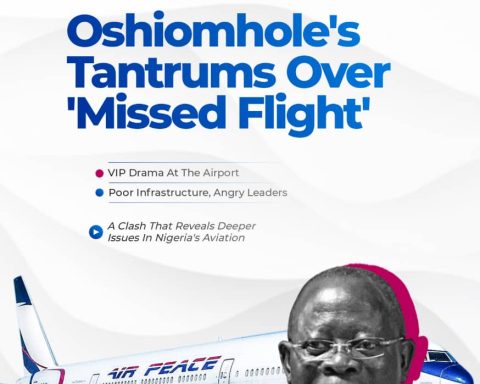





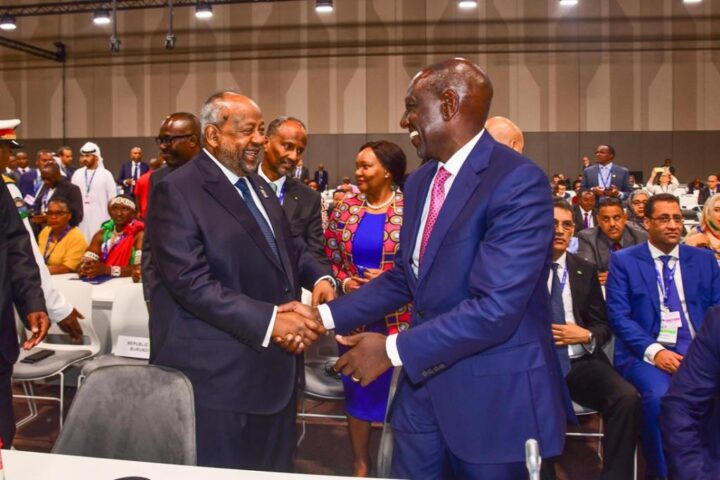
![Gender Activism An Economic Necessity In Africa [PBA Editorial]](https://www.primebusiness.africa/wp-content/uploads/2023/11/vaw-720x480.png)
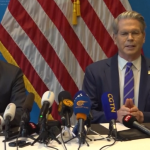
Follow Us